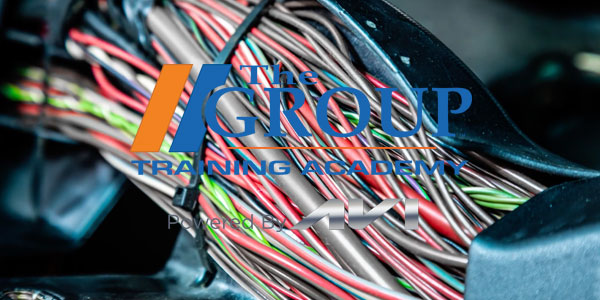A. Most “maintenance-free” batteries have sealed tops so it is not necessary (or possible) to add make-up water. If the case is translucent plastic, the electrolyte level inside can be seen through the case. But if the top is not designed to be opened, forcing open the caps can damage the battery and void the warranty.
Batteries that have removable caps (“maintenance-accessible”) can have make-up water added to individual cells if the level is low. However, only clean distilled water should be added to the battery — never ordinary tap water because it usually contains dissolved salts and minerals that will contaminate the electrolyte.
Acid should NEVER be added to a battery that has been in service because it contains all the acid it needs. Adding additional acid will not rejuvenate an aging or sulfated battery. The only time acid should be added is when filling and activating a brand new motorcycle battery (which are usually shipped dry with the acid in a separate container). Absorbent Glass Mat (AGM) and gel cell car batteries do not use liquid acid but have an acid paste between their cell plates.
The only maintenance that most car batteries require is (1) maintaining the battery at or near full charge and (2) keeping the battery terminals clean and tight.
Except for deep cycle marine batteries, most car batteries should be maintained at 75 percent or higher charge level for maximum service life. Allowing the battery to run down or to remain in a low state of charge for a prolonged period of time allows sulfate to build up on the cell plates, reducing the ability to accept and hold a charge.
A fully charged battery should read 12.66 volts. A reading of 12.45 volts or less indicates the battery is low and needs to be recharged.
Q. What kind of problems can a weak or low battery cause?
A. Hard starting is the most common problem. Fuel injected engines usually start very quickly, but if the battery is weak the engine may not spin fast enough to start quickly — especially during cold weather. CM











